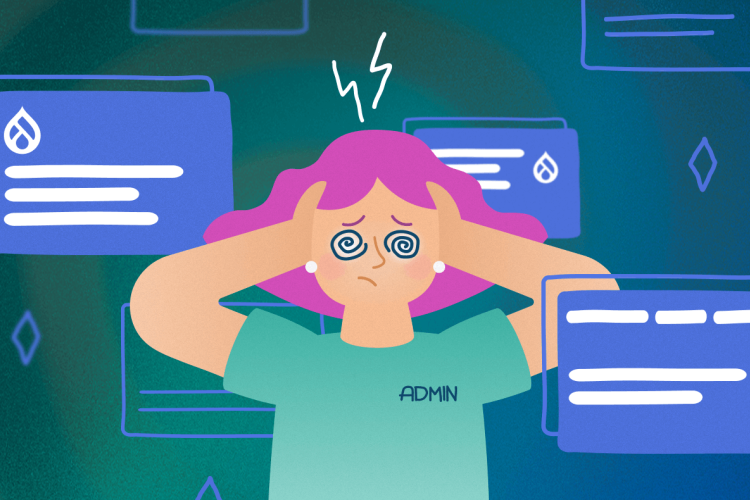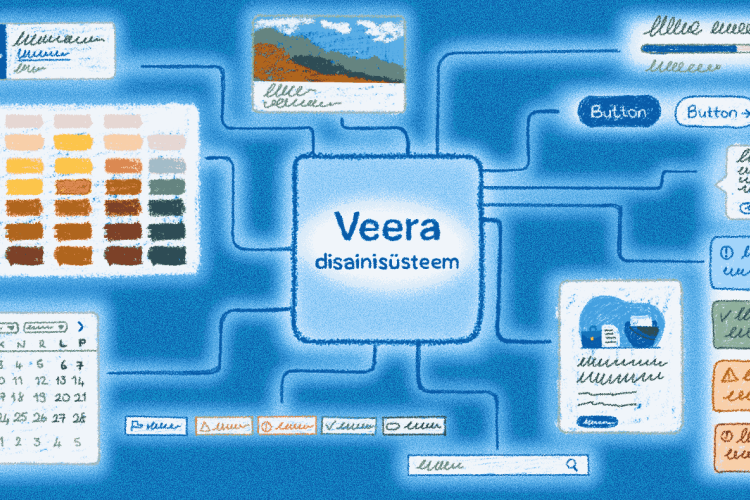UX - smiling users
Making websites could be a hobby like any other hobby, and usually so much more. The process has everything that a hobby should have – it relieves stress, gives pleasure from the results, is challenging, interesting, and most importantly, creative and active.
I started making websites about 6-7 years ago because I had to make my own e-store but at the same time, I didn’t want to rely on anyone else. I must note that making e-stores is hard work and it needs a lot of work and dedication. I had to study how to use plug-ins, manage servers, host websites, code in HTML and CSS etc. Having a good taste and knowledge of graphics are also a plus. One must read and study a lot at first but after a few months of hard work, one starts to enjoy that and will feel good about what they’ve achieved.
Usually, things don’t go exactly perfectly at first and so didn’t my first e-store. It had many problems and it didn’t work as it should. Although my website wasn’t perfect, I learned a lot from my mistakes and the next things I created were better both in the sense of usability and quality. Even though the websites I made afterwards did work, they did not follow the UX methodologies.
Thinking back to how I made my first websites, I am most amused about how I didn’t know anything about UX and therefore, completely followed my intuitions. Most e-stores, intranets, self-service systems etc. are made without good UX practices. Designers make their websites only considering their own wants and thoughts. This, however, is similar to when a product designer makes a chair that no-one has ever tried to sit on! Then, the result can only be a very uncomfortable but beautiful looking chair that nobody wants to buy as it is completely useless (unless they buy it just for looking at).
So, as we can see, the main principle of UX is that developers and designers do not make solutions to themselves but to their users. You must think from out to in rather than from in to out. When we replace developers’ and designers’ needs with the ones of the users’ we can finally make applications that are user-friendly. We must follow the UX methodologies that are not just knowledge but a very strict list of actions that must be followed in a certain way. The UX methodologies include analysis, interviews (both with the client and the users), prototyping, and usability testing. All of these activities are performed in Trinidad Wiseman by experienced specialists.
We all have these unpleasant memories of using the websites that are not designed and developed for us, the users. It is very frustrating when we can’t find the right place on the website to complete our tasks, or when there is not enough information or guidelines on how to use the system. Unpolished navigation and design also make the experience of using certain websites a nightmare.
Interaction designers as philanthropies
All of these problems are direct consequences of ignoring UX methodologies and user-centred development principles. I like to think of interaction designers as philanthropies – they help to save people’s time and money by eliminating problems in systems. Every well-working application makes its users smile and makes our world a bit better each time anyone uses the application.







